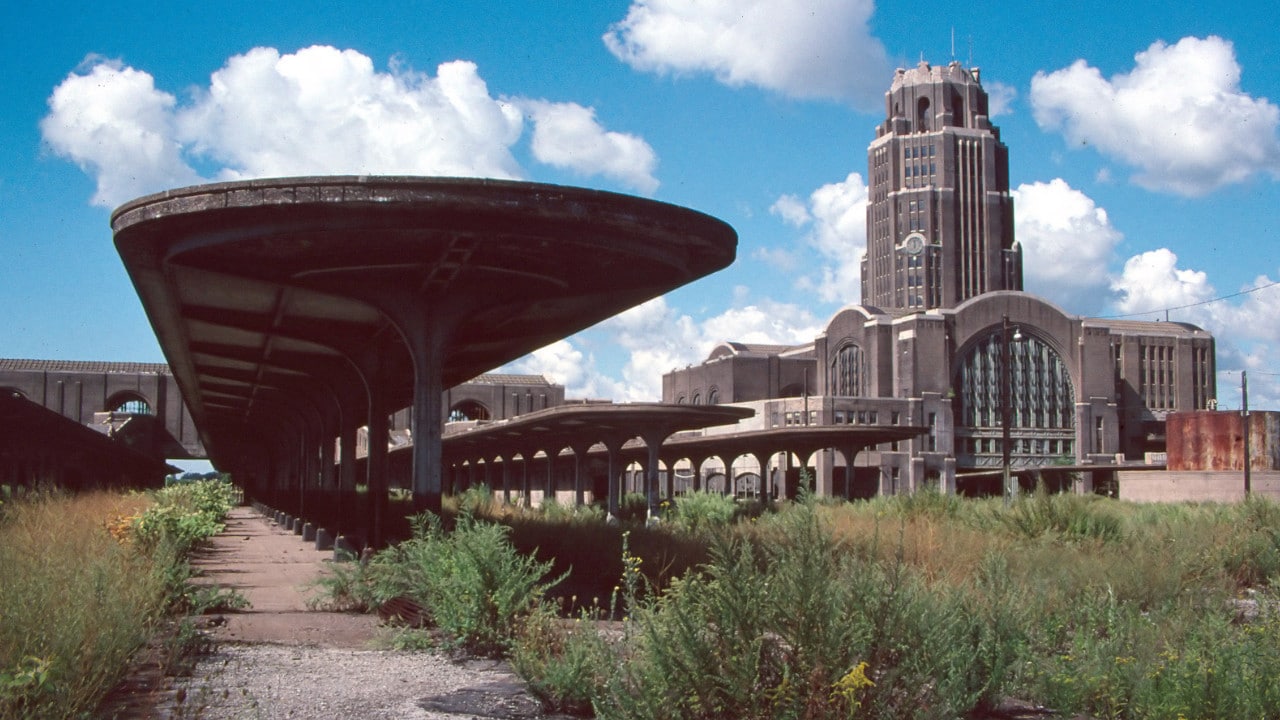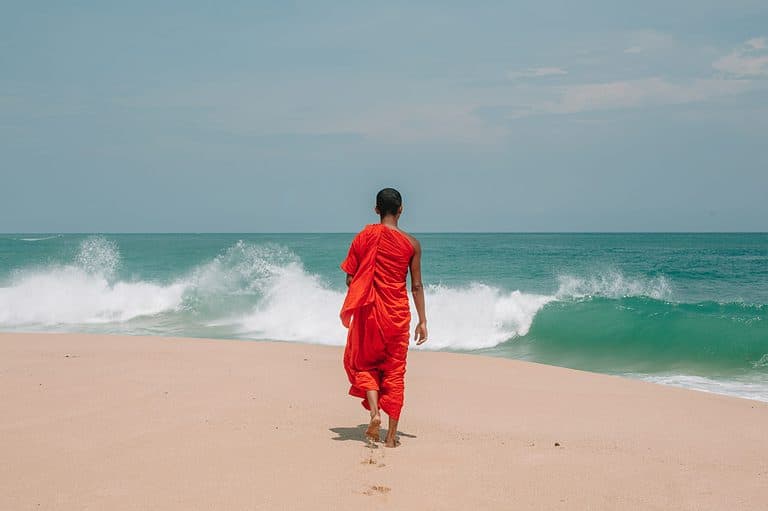The 12 Most Haunted Places in New York State

New York is a state steeped in history. Since the Europeans’ arrival in the 16th century, it has played a key role in the development of Western culture. Even before then, it held a valued place in Indigenous American culture, serving as the homeland for the Wampanoag, Lenape, Mohican, Mohawk, and Petun.
Given New York’s valued place in the history of the United States, it’s fair to assume certain areas have their share of unsettling secrets. From abandoned mental health facilities to age-old cemeteries, these areas of the Empire State have reportedly seen more than a few instances of supernatural activity.
Amityville Horror House, Amityville

As most horror aficionados might know, the Amityville Horror house famously formed the basis for the popular The Amityville Horror series, a multimedia franchise dramatizing the alleged hauntings that occurred in the house back in the 1970s.
While people continue to debate the authenticity of The Amityville Horror’s claims, this idyllic house was indeed the sight of several horrific murders that left six people dead. After a new family bought the residence in 1975, they claimed to have experienced an eerie presence in the house, resulting in them vacating their new home 28 days after moving in.
The Hotel Chelsea, Manhattan

Perhaps the most star-studded haunted locale in New York City, the Hotel Chelsea has a rich connection to the artistic community. It has served as the residence for iconic personalities such as Dylan Thomas, William S. Burroughs, Bob Dylan, and Patti Smith.
Nowadays, most people who stay at the Hotel Chelsea have claimed to experience visions of some of the numerous stars who have visited or died in the hotel over the years, including the ghosts of Thomas, Alphaeus Philemon Cole, and Nancy Spungen, among others.
The Sleepy Hollow Cemetery, Sleepy Hollow

Originally made famous in Washington Irving’s classic “The Legend of Sleepy Hollow,” the Sleepy Hollow Cemetery has served as the site for several mysterious happenings over the years.
The final resting place for numerous historical figures (including Irving, Andrew Carnegie, and several members of the Hamilton family) offers ghost walking tours every October. These tours highlight some of the spookiest stories tied to this eerie New York graveyard, including more than a few connections to Irving’s timeless short story.
The Iron Island Museum, Buffalo

A former church and funeral home that has since been converted into a museum focusing on the supernatural, Buffalo’s Iron Island Museum is guaranteed to leave visitors with goosebumps running down the back of their necks.
The Iron Island Museum was a filming location for the hit Ghost Hunters TV series. Numerous people have claimed to experience unexplainable phenomena within its walls, including hushed whispers and shadows racing down the walls.
Rolling Hills Asylum, East Bethany

Has anything good ever come out of an asylum? First opening its doors in 1826, the Rolling Hills Asylum housed numerous mentally disadvantaged patients and inmates until its closure in 1974.
In recent years, the Rolling Hills Asylum has opened its doors to the public, offering visitors a chance to marvel at its gothic architecture while museum staff tell some of the facility’s most disturbing stories.
Landmark Theater, Syracuse

Any theater that has been around as long as the Landmark Theater is bound to have some skeletons in its closet.
First opened in 1928, this gorgeous theater has been the site of several apparent hauntings over the years, including a deceased actress who allegedly took a fatal fall from the balcony some decades ago.
If you want to know more, just ask the theater staff about the legend of Clarissa.
The Buffalo Central Terminal, Buffalo

A former hub of transportation amidst the hustle and bustle of Buffalo, the Buffalo Central Terminal officially shuttered its doors in 1979 after 50 successful years of operation.
While wandering through the abandoned railroad station today, visitors apparently feel uneasy, as if they aren’t alone, a phenomenon that took center stage in Ghost Hunters and its spin-off series, Ghost Hunters Academy.
The Winery at Marjim Manor, Appleton

Nestled a stone’s throw away from the scenic shores of Lake Ontario, The Winery at Marjim Manor doubles as a cozy hotel and a heavily frequented locale for several happy haunts, at least according to the owner.
While The Winery’s staff insists that the ghosts dwelling within the walls of Marjim Manor are primarily friendly, the location has still wound up on such ghoulish programs as The Most Terrifying Places in America and Ghost Hunters (so really, we’ll let you be the judge of that statement).
The Sagamore, Bolton Landing

On the surface, The Sagamore seems like an eloquent resort hotel straight out of the 19th century, boasting a comfortable Colonial Revival architectural style that helps guests relax and unwind.
On the grounds around The Sagamore, however, guests might overhear some enigmatic laughter as though a child were whispering in their ears from somewhere nearby. According to urban legends, this laughter can be attributed to a young boy who was hit and killed by a car some seven decades ago and who has since haunted the land surrounding The Sagamore.
Hyde Hall, Cooperstown

When influential landowner George Clarke died in 1835, he left behind the single largest household of his day and age.
Ironically, passing away a year after the house’s completion, Clarke is said to have continued to haunt the halls of his former residence at Hyde Hall, finally glorying in the house he was unable to enjoy in the 19th century.
Fort William Henry Museum, Fort George

Anyone who has seen or read The Last of the Mohicans might recognize the name of this 18th-century fortress.
A carefully recreated replica of a historic fort once manned by the British Army in the French and Indian War, visitors continue to assert that the souls of fallen soldiers have since taken up residence in the current Fort William Henry Museum.
The Dr. Best House and Medical Exhibit, Middleburgh

Yes, the fact that Dr. Best and his family all died in this 19th-century house does account in part for its eerier reputation today. Yet most people tend to stop by the Dr. Best House and Medical Exhibit to glimpse the good doctor’s collection of dated medical equipment.
A horror attraction and history museum rolled into one, the Dr. Best House features no shortage of rudimentary medical supplies, including contraptions that look more at home in a medieval dungeon than an 1800s physician’s gallery.





